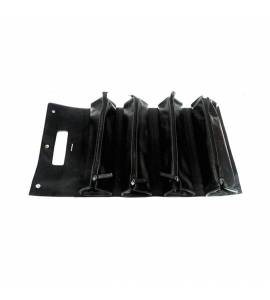
Amazon.com: Goldwheat Bolsa térmica portátil para viaje, maletín térmico para insulina, bolsas de hielo, S, 2 celestes + 2 Paquete de hielo, 1 : Salud y Hogar

Amazon.com: Goldwheat Bolsa térmica portátil para viaje, maletín térmico para insulina, bolsas de hielo, S, 2 celestes + 2 Paquete de hielo, 1 : Salud y Hogar

Amazon.com: Goldwheat Portable Insulin Cooler Travel Case Diabetes Medication Organizer Medical Cooler Bag with 2 Ice Packs : Health & Household



















